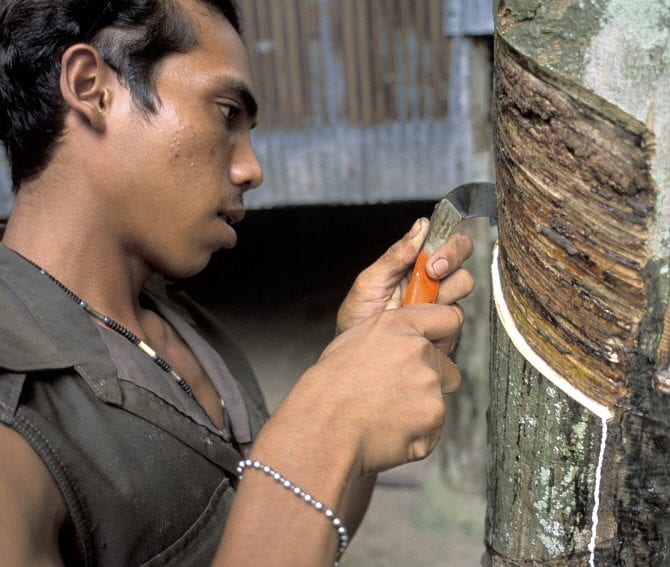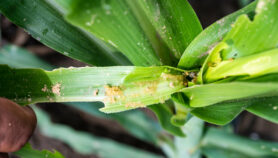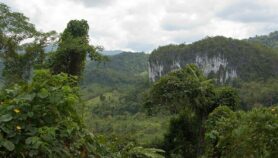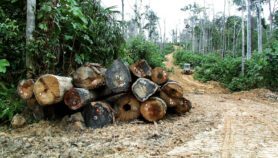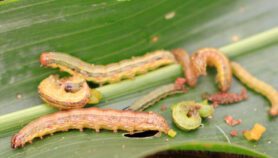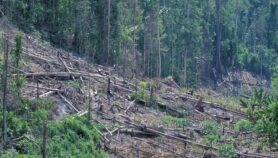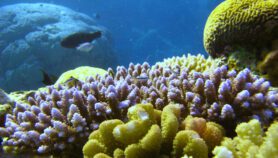By: Yao-Hua Law
Send to a friend
The details you provide on this page will not be used to send unsolicited email, and will not be sold to a 3rd party. See privacy policy.
[KUALA LUMPUR] Growing demand for natural rubber will expand rubber estates in the tropics, and scientists are calling for more robust sustainability initiative to reduce biodiversity loss.
In the past three decades, rubber plantations have almost doubled to 10 million hectares, displacing tens of thousands of natural forests and affecting biodiversity threatening the survival of birds, bats and insects, says a study published in Conservation Letters (17 April).
Indonesia, Malaysia, Thailand and Vietnam supply more than six-tenths of the world's natural rubber. But rubber estates are mushrooming elsewhere in South-East Asia, southwest China and tropical Africa, even in protected areas. Although the rise of oil palm has somewhat displaced rubber trees, especially in Malaysia, rubber estates still cover as much as 70 per cent of global oil palm areas.
Forecasts of rubber demand in 2024 range from 16.5 to 19 million tonnes, higher by 60 per cent from 11 million tonnes in 2010.
“For the most likely scenarios, we projected new rubber cultivation between 4.3 to 8.5 million hectares in 2024,” says lead author Eleanor Warren-Thomas from University of East Anglia in the United Kingdom. The average of that projection, 6.5 million hectares, is as large as Sri Lanka’s total land area.
But Sheela Thomas, secretary-general of the Association of Natural Rubber Producing Countries, tells SciDev.Net that she is “confident” that with improving yields, rubber plantations can meet future demands without encroaching into forests or replacing other crops, especially in South-East Asia.
“The average yield across countries is low, at less than 1.5 tonnes per hectare,” says Thomas. In contrast, Thailand and India can produce 1.8 tonnes per hectare. Higher yields can be achieved “by educating smallholders to replant trees on time, use improved clones, and exercise better rubber-tapping techniques”.
Warren-Thomas does not share Thomas’ optimism and believes that “scientists need to devise ways of conserving biodiversity within large rubber estates without affecting yield”.
Policymakers should also develop explicit land-use plans to identify sites where rubber trees can be grown with least damage to biodiversity. She notes that environmental laws already exist in many places, but “they just need enforcement”.
Another crucial force to mitigate the impact of rubber expansion on tropical biodiversity is a robust sustainability initiative for the natural rubber value chain. So far, only one such global initiative exists: the Sustainable Natural Rubber Initiative (SNR-i).
Developed under the framework of the International Rubber Study Group (IRSG) and launched early 2015, the SNR-i is “still in the pilot phase”, says Lekshmi Nair, senior economist at IRSG.
The SNR-i's working group, which consists of intergovernmental representatives, trade associations and companies, will engage stakeholders of the entire rubber value chain, including human rights and environmental NGOs. Feedback from stakeholders will further develop the initiative.
“It will be a big challenge for the SNR-i to engage the large numbers of smallholders,” adds David Edwards, a co-author of the study and conservation science lecturer at University of Sheffield, UK. Smallholders run almost all of the rubber estates in Malaysia and Indonesia.
Currently, the SNR-i accepts voluntary registration from interested parties to self-declare compliance to the SNR-i. Nair refused to reveal the number of registered parties but pointed out that “a report of the pilot phase in early 2016 will disclose progress of the registration”.
For Warren-Thomas, SNR-i holds the key to protecting tropical biodiversity in the face of certain rubber expansion: “We've got to make it a really vigorous standard that can drive real change in the industry.”
>Link to full paper in Conservation Letters
This article has been produced by SciDev.Net's South-East Asia & Pacific desk.
References
Conservation Letters doi: 10.1111/conl.12170 (2015)


